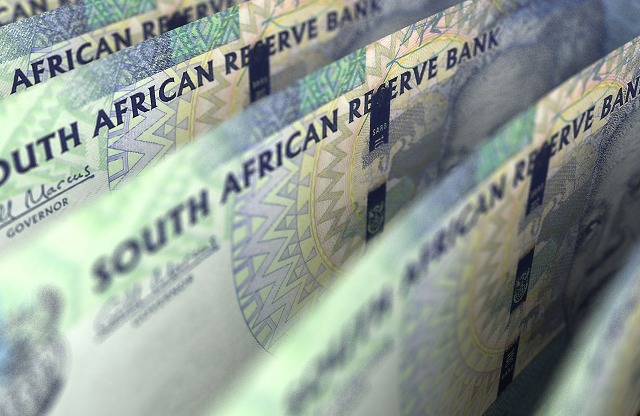Stats SA has published GDP data for the second quarter of 2018, showing that the country has entered into a technical recession.
The group reported a decline of 0.7% in the second quarter of the year, following a first quarter decline of 2.2%, which came as a shock to many analysts.
In economic terms, a technical recession is described as two consecutive quarters of economic decline.
South Africa entered into a technical recession in 2017, until government later revised the data in the latter quarters of the year.
Ahead of the GDP announcement, economists had anticipated data showing that South Africa had narrowly missed the technical recession, but indicated that growth, if any, would have been too low to spell any good news for the economy.
According to Stats SA, the largest negative contributors to growth in GDP in the second quarter were agriculture, transport and trade.
The agriculture, forestry and fishing industry decreased by 29.2% and contributed -0.8 of a percentage point to GDP growth. The decrease was mainly because of a drop in the production of field crops and horticultural products, Stats SA said.
The transport, storage and communication industry decreased by 4.9% and contributed -0.4 of a percentage point. This was as a result of decreases in land transport, air transport and transport support services.
The trade, catering and accommodation industry decreased by 1.9% and contributed -0.3 of a percentage point.
The main positive contributions came from the mining industry and finance, real estate and business services. Increased production was reported for mining of ‘other’ metal ores including platinum group metals, copper and nickel.
The manufacturing industry contracted by 0.3% in the second quarter. The majority of the ten manufacturing divisions reported negative growth rates in the second quarter. The largest contributors to the decrease were the motor vehicles, parts and accessories and the furniture and ‘other’ manufacturing divisions.
The electricity, gas and water industry increased by 2.1%, largely due to an increase in electricity consumed in the second quarter. The construction industry increased by 2.3%. Increases were reported for non-residential buildings and construction works activities.
The rand fell further against the dollar after the report was published, sinking to R15.22, having passed the R15 barrier earlier in the day.














